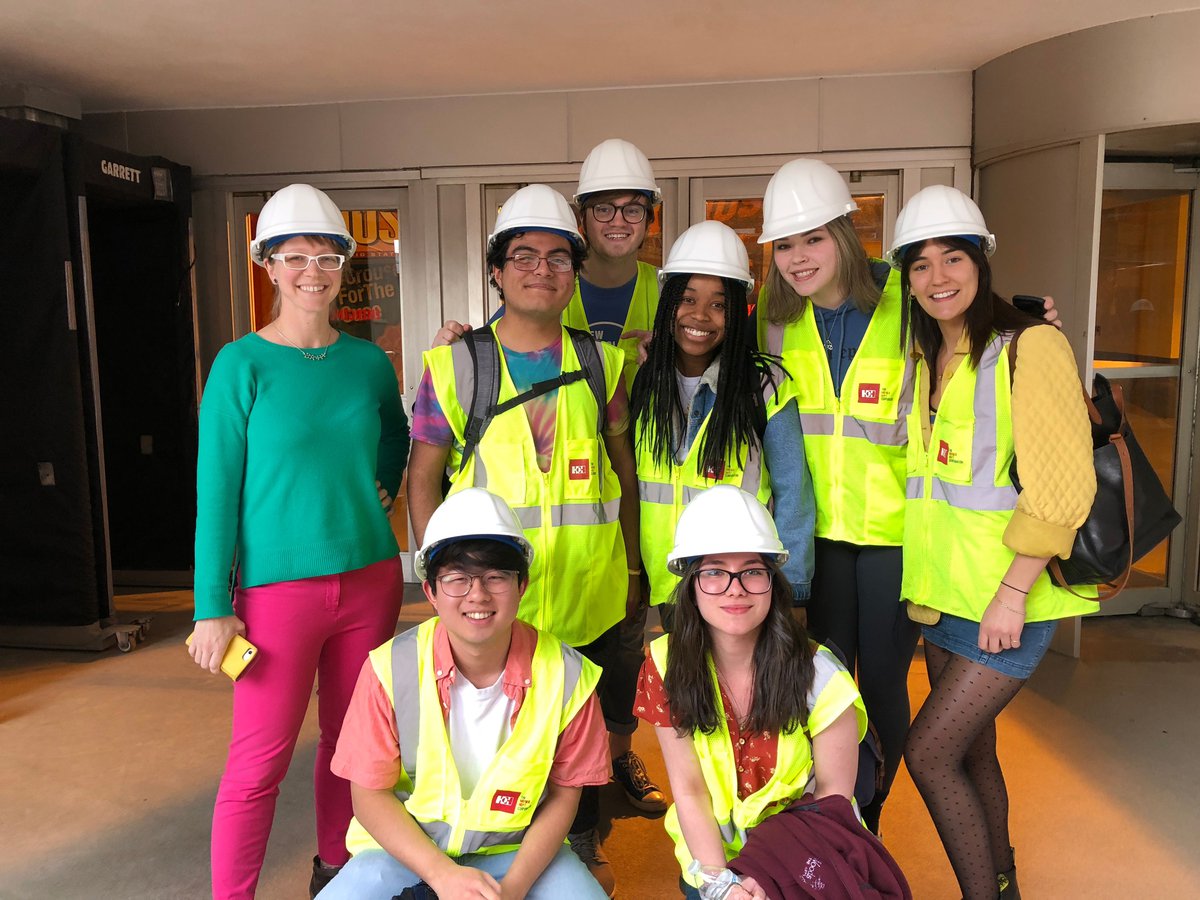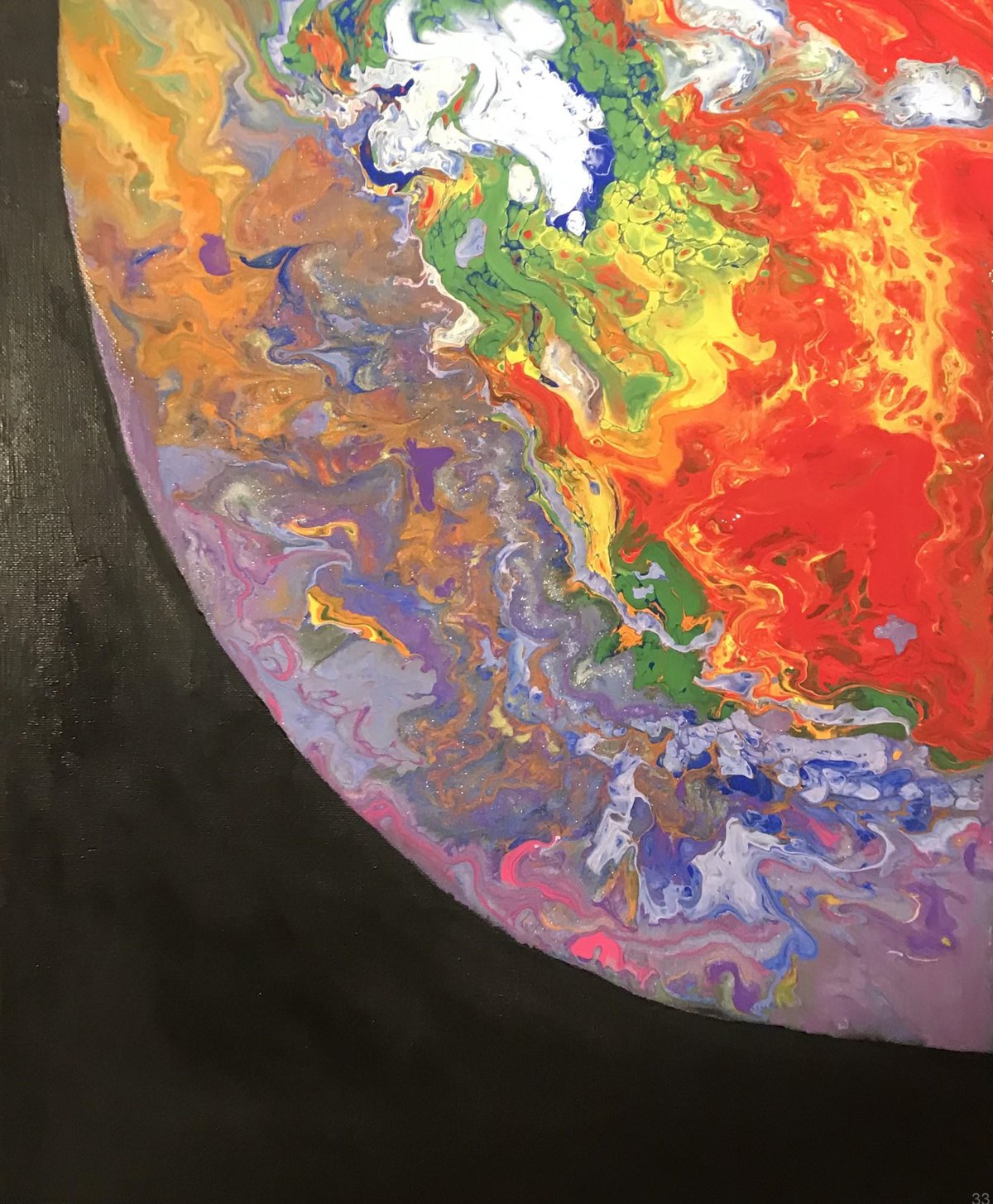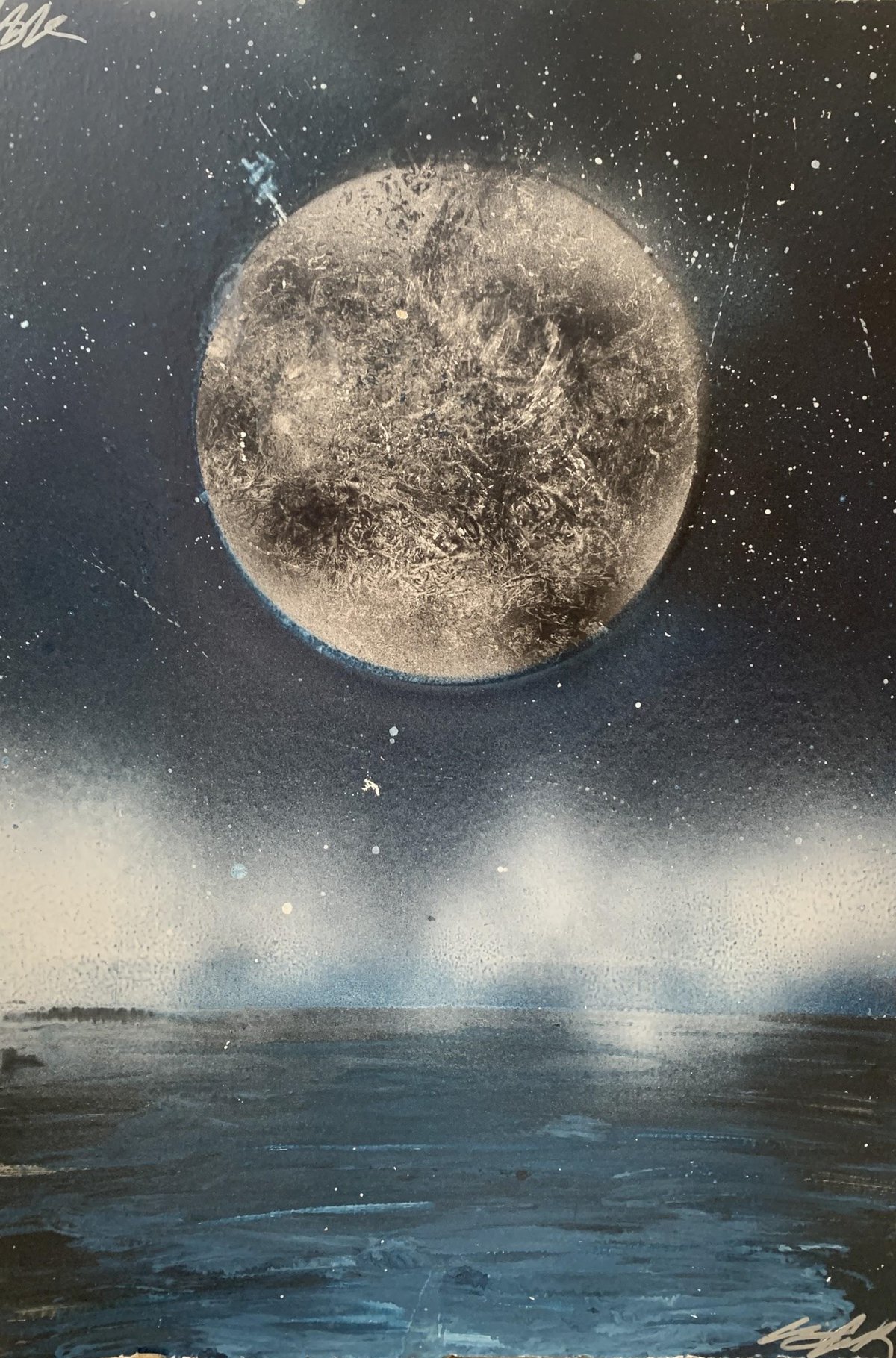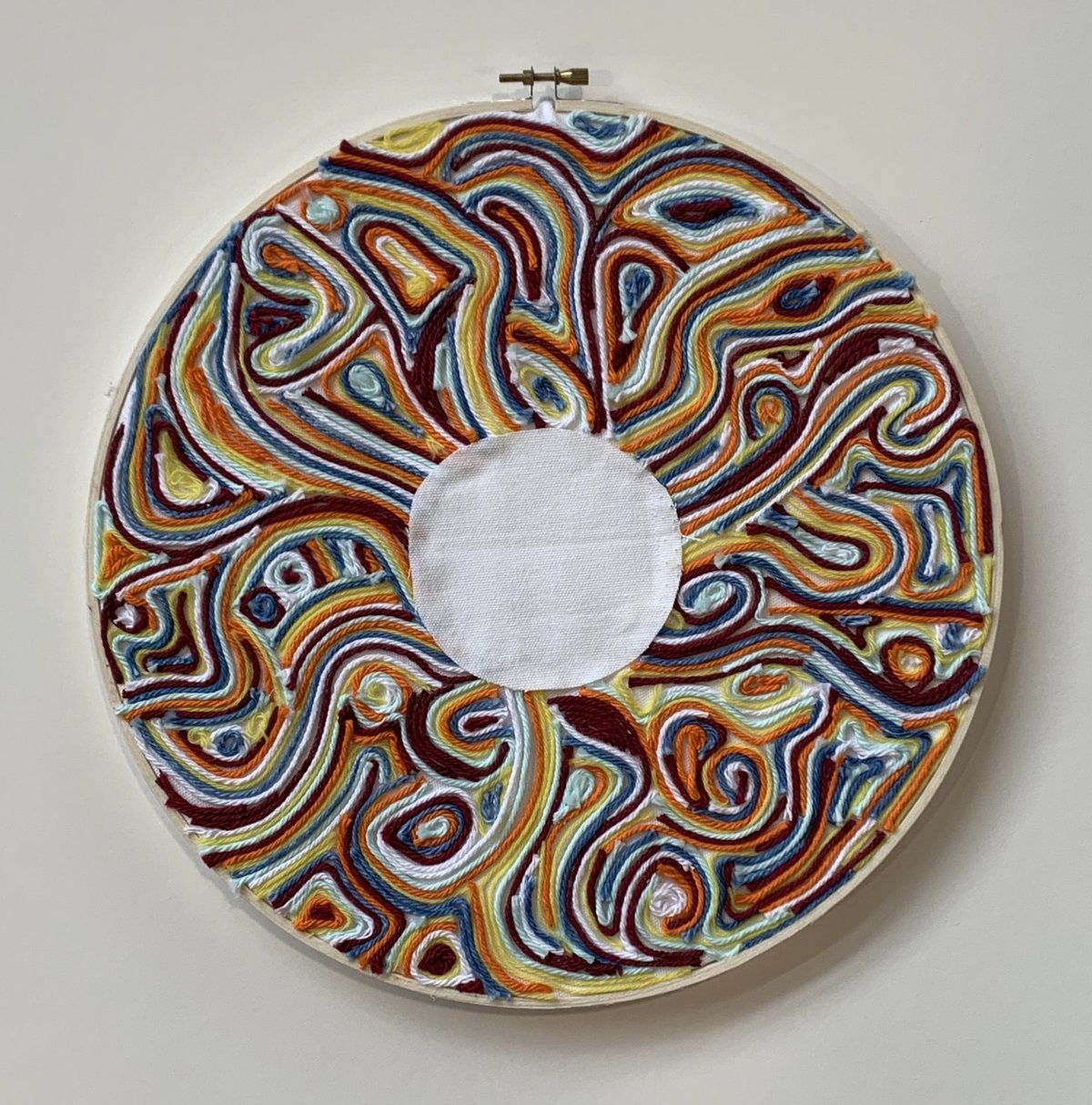Energy and Momentum

Sam Sampere, demonstrating an experiment in 2019, knows what will get students’ attention.
Do you remember how you became interested in your favorite subject at school? Chances are, it was because of an enthusiastic teacher who presented the lessons in a compelling and memorable way. In the Syracuse area, high school teachers of physics have a special resource to help them connect the wonders of this science with the minds of their students.
For more than 30 years, the Central New York Physics Alliance (CNYPA), a community engagement project of the College of Arts and Sciences Department of Physics, has been dedicated to putting physics within the reach of everyone, through a partnership with area schools. The program brings together A&S physics faculty with high school teachers from Syracuse for workshops about four times a year.
CNYPA is a long-standing program that provides opportunities for teachers to network and share resources, so they can stay up-to-date and enthusiastic about developments in the field—and pass along that passion to their students.
Emeritus professor Allen Miller was among the founders of the CNYPA program and continues to participate to this day. From the inception of the program, “several side benefits emerged right away,” says Miller. Notably, the opportunity for the high school teachers to network and compare notes.
“Most high schools only have one physics teacher. So they don’t have associates who are thinking about the same problems. During the meetings, there’s a lot of buzz and conversation between teachers.”
Josh Buchman, a physics teacher at nearby Fayetteville-Manlius High School, has attended the sessions since the early ’90s. “They’re awesome,” he says. “You get different takes on something you may have seen before, but in this context, it becomes totally new. You can stay current on different kinds of pedagogy or things happening in the physics community.”

Watch Sam Sampere present three exciting and educational experiments from his lab in the Physics Building of Syracuse University. Enjoy hands-on demonstrations...then stay tuned for an explosive ending!
During the CNYPA sessions, participants discuss new research in the field and work on the popular “make and takes,” which Sam Sampere, laboratory manager for the department, describes like this: “The teachers come in, and we provide all the materials needed to build some piece of apparatus. We build it together, then they take it home and it lives in their school collection.”
The experiments are designed to pique the interest of high school students and make physics relatable. “One of the most popular is called a ‘ring flinger,’ ” says Sampere. “It’s a big coil of heavy wire, and you put an aluminum ring around it. The device is powered by electricity, although there are no electrical connections to the ring. But when you turn on the device, the ring goes flying. Why? That’s where the lesson comes in.”
Buchman, the high school teacher, concurs on the power of these demonstrations. “The students absolutely get inspired by the things that we build and share,” he says.
Miller and his colleagues work to keep CNYPA’s emphasis on current-event concepts. “For the October 2020 meeting, we talked about how the six-foot requirement for social distancing was calculated,” says Miller. “We’re now planning on constructing experiments that demonstrate the physics of climate change.”

Jennifer Ross (left, in green) with Syracuse University students at the Stadium for air pressure experiments, pre-COVID.https://thecollege.syr.edu/people/faculty/jennifer-ross/
Relevant, relatable experiments such as these both stir the imaginations of high school students and captures grants from the John Ben Snow Foundation, instrumental in helping keep costs low, or even free, for the teachers.
Professor Jennifer Ross, who became chair last year, has been impressed by the other ways the department has been connecting with the community. Beyond CNYPA, physics has several programs to work directly with local high school students as well; Ross herself is designing a summer course to bring high school students into Syracuse University's physics labs, and new faculty Eric Coughlin has gone into high school art classes to work on joint physics-art projects.
Ross hopes to build on this trend of public engagement. She says, “CNY Alliance is just the start. There’s a lot of opportunity to connect with young people from diverse backgrounds who might not see themselves doing this work. I want to make sure they have that chance.”
Joining Physics and Art
A&S physics professor Eric Coughlin has worked with students from Fayetteville-Manlius High School in their creation of science-based art. He collaborated on the project with Kathryn Gabriel, art teacher and chair of the art department at F-M. Their work was supported by a grant from the National Science Foundation. View a selection of the students' artwork in the gallery below.

Nithyasri Gangireddy used paint pouring to depict the moment when the sun is projected to engulf the Earth in 7.5 billion years.

Chris Chack’s artwork explores the vastness of the universe and the possibility of undiscovered worlds.

Meher Chahal used yarn to create abstract colorful patterns signifying solar winds emanating from the sun.

Selena Chen’s artwork, called “Ignited,” captures the instant when a star explodes and light is reflected off of it.


